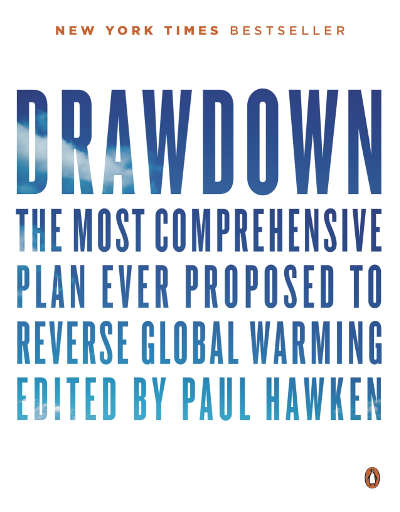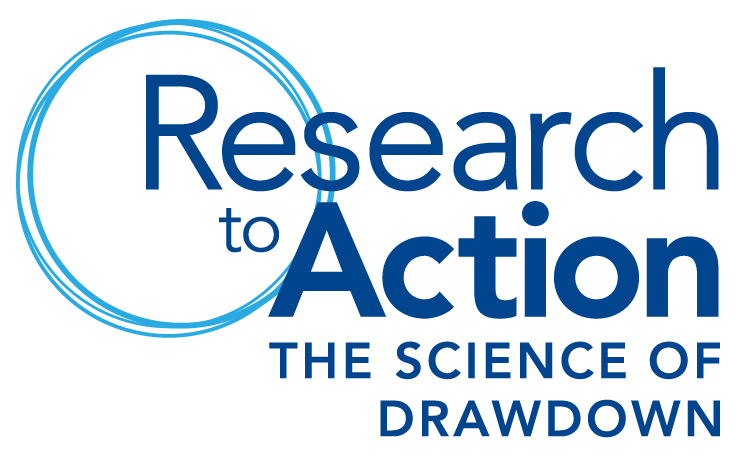Project Drawdown partnered with Penn State to hold the first international conference on Drawdown — Research to Action: The Science of Drawdown.
Leading scientific experts and researchers from around the world discussed the most innovative and promising climate change solutions and upcoming research.
This conference connected international partners and research institutions. The three-day conference focused on analysis and peer review of the portfolio of over 100 individual solutions, discussed synergies and interactions among sectors, and evaluated implementation pathways including successful examples from around the world.
What is 'drawdown'?
The term "drawdown" is the point at which concentrations of greenhouse gases in the atmosphere begin to steadily decline, ultimately reversing global warming.
 A rich database of solutions to reverse global warming was developed by Project Drawdown. These solutions model both financial and carbon impacts. They offer real-world applications as well as communication and educational opportunities to continue the momentum toward drawdown. The solutions were first shared in the 2017 New York Times bestseller, Drawdown.
A rich database of solutions to reverse global warming was developed by Project Drawdown. These solutions model both financial and carbon impacts. They offer real-world applications as well as communication and educational opportunities to continue the momentum toward drawdown. The solutions were first shared in the 2017 New York Times bestseller, Drawdown.
Recordings and Media
Research to Action: The Science of Drawdown Recorded Sessions
Watch recorded video from the complete conference agenda.
Take Note: Organization Focused On Reversing Global Warming Partners With Penn State
A talk with Tom Richard, the director of the Institutes of Energy and the Environment at Penn State, and Jonathan Foley, the executive director of Project Drawdown, about the conference and the book it’s based on.
Take Note: Project Drawdown Conference Focuses On Top 100 Actions To Reverse Climate Change
A talk with two conference presenters, Penn State professors Esther Obonyo and Erica Smithwick, about “Drawdown” and the research they’re doing into fighting global warming.
Drawdown Sectors and Conference Themes
The cities of the world and the buildings and infrastructure that comprise them account for a significant percentage of human energy use, mostly for heating and cooling.
The power sector currently accounts for around 40 percent of annual greenhouse gas emissions to the atmosphere, making it the highest-emitting sector.
Agricultural production, as well as food preparation, consumption, and waste, are responsible for a major share of greenhouse gas emissions today.
Protection and restoration of forests and wetlands, as well as the production of perennial timber and biomass crops, can sequester significant amounts of carbon.
The ways in which humans partner with materials result in significant greenhouse gas emissions throughout the life cycle of the products that meet our daily needs.
Oceans are critical in regulating the Earth's climate and are also disproportionately impacted by changes in atmospheric greenhouse gases.
Transportation produces 7 gigatons of carbon dioxide-equivalent greenhouse gas emissions annually, which is around 14 percent of all emissions.
Key areas of gender equity such as education and voluntary family planning are basic human rights that also have an effect on fertility rates and population growth.

